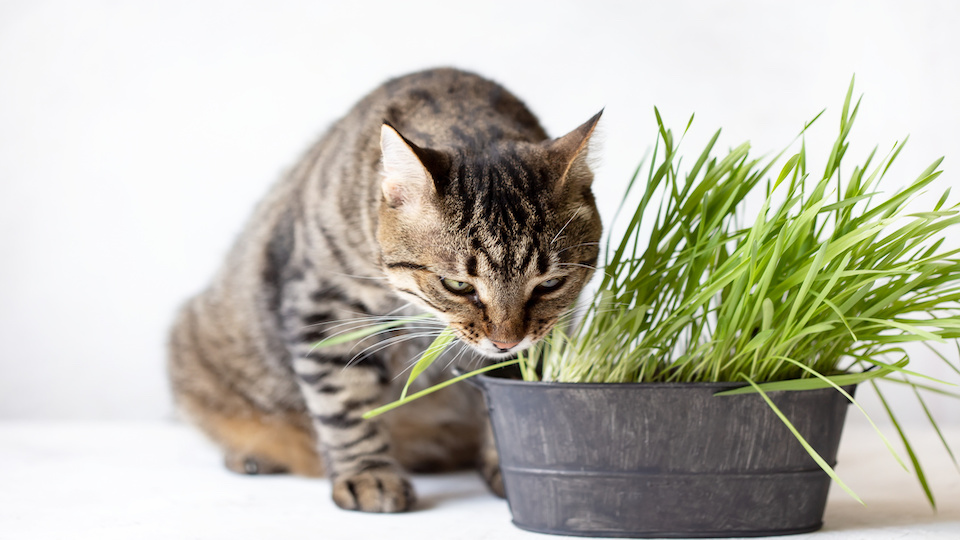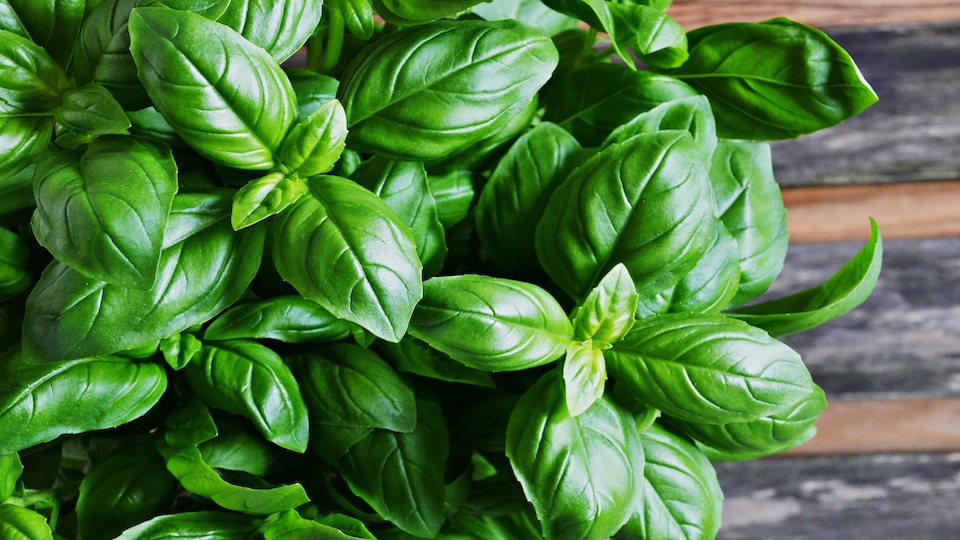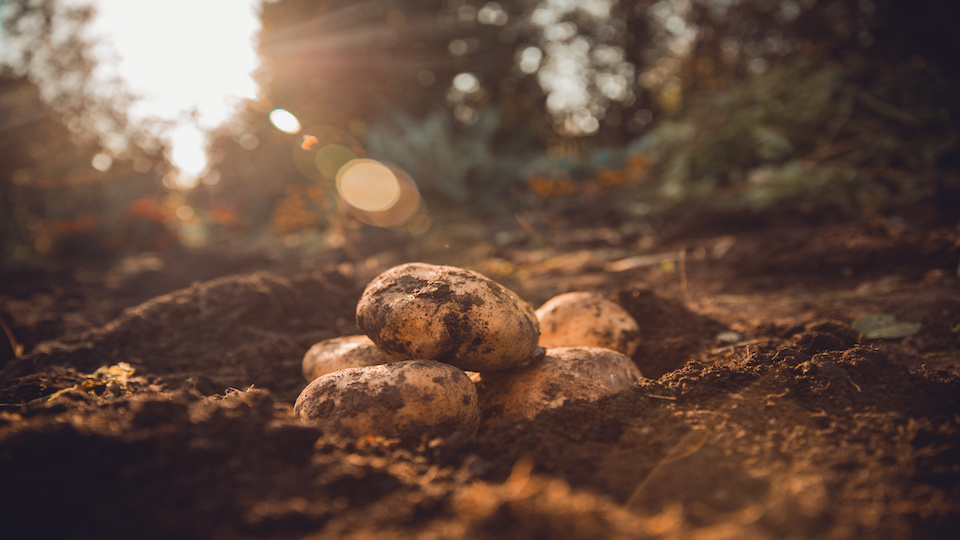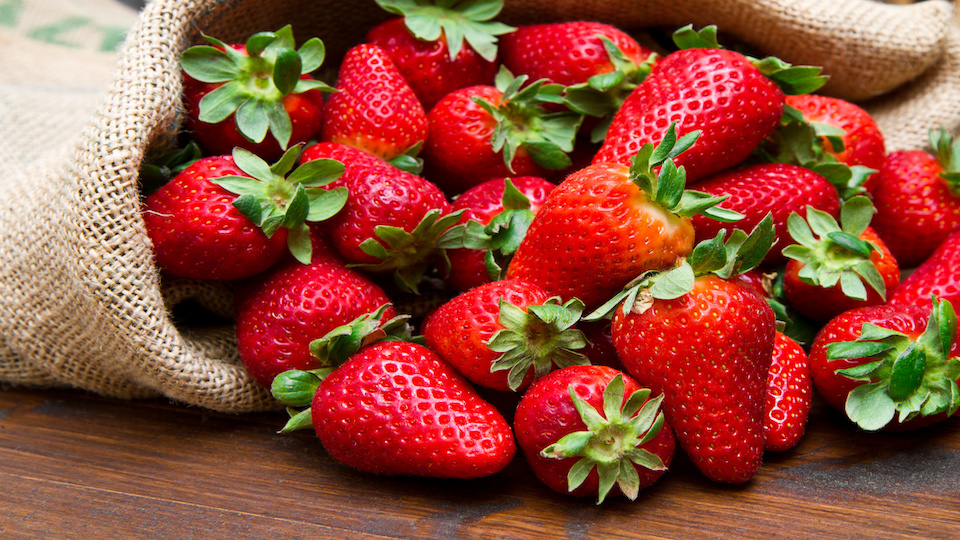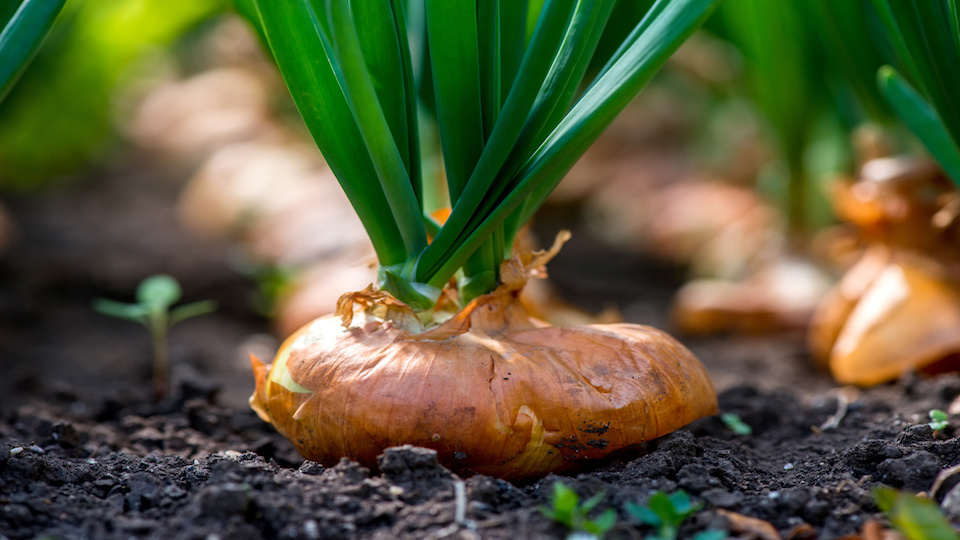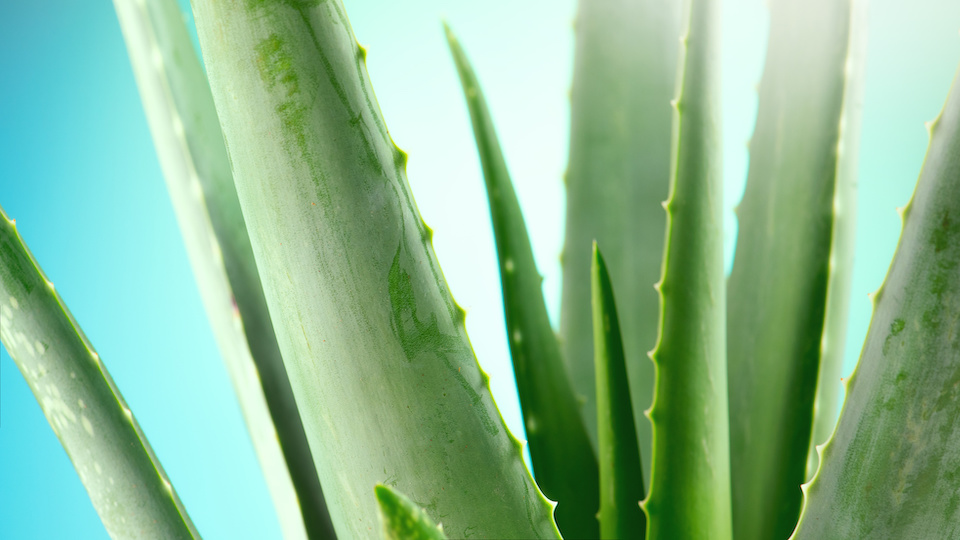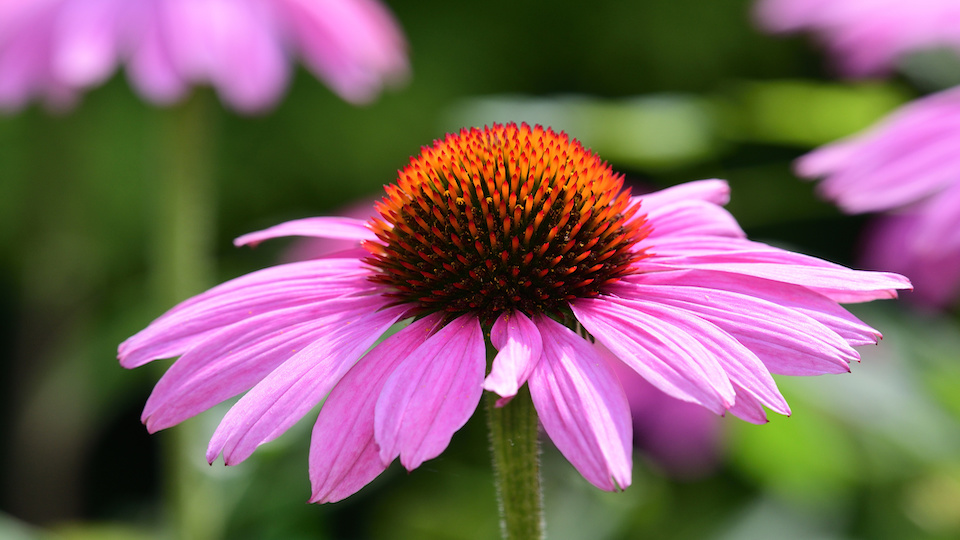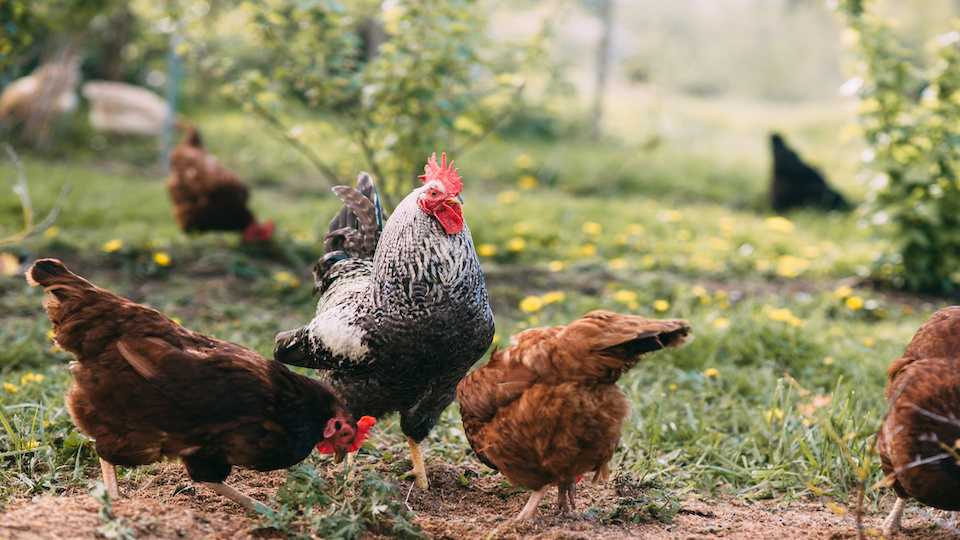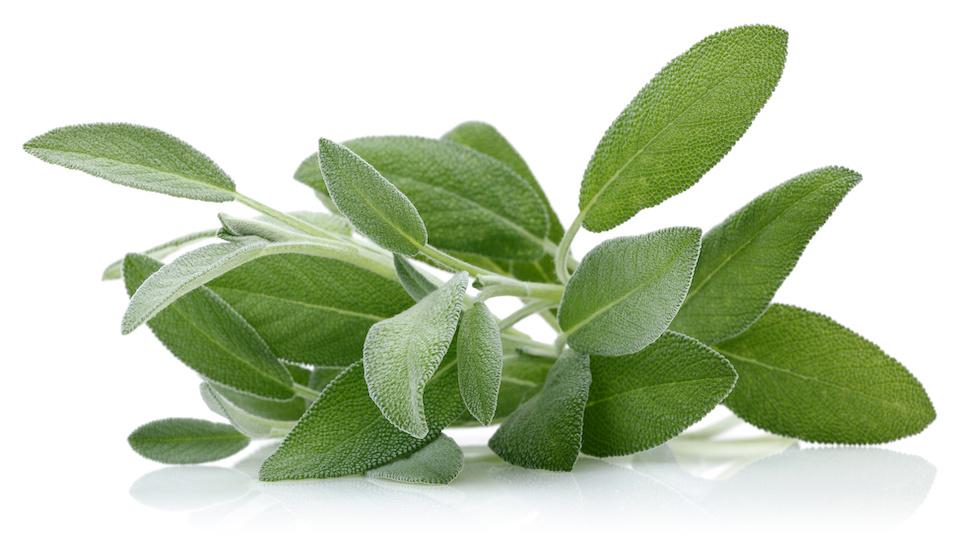The Best Way to Grow Grass For Your Cat and Why You Should
Though cats are carnivores and love eating meat and fish-based foods, you may have noticed your feline friend snacking on grass or chewing up your houseplants. If you have an indoor/outdoor cat, you’ve probably seen them rolling around in the yard munching on blades of grass like any hungry vegetarian. If your cat stays inside all day (like most domestic cats), you’ve probably had to place your plants on shelves out of their reach due to voracious snacking. Don’t worry! This behavior is totally normal and may even have health benefits. However, it is crucial to provide the right kind of foliage to protect your precious feline. So why does your cat eat grass, and how can you grow your own? Read on to find out.


